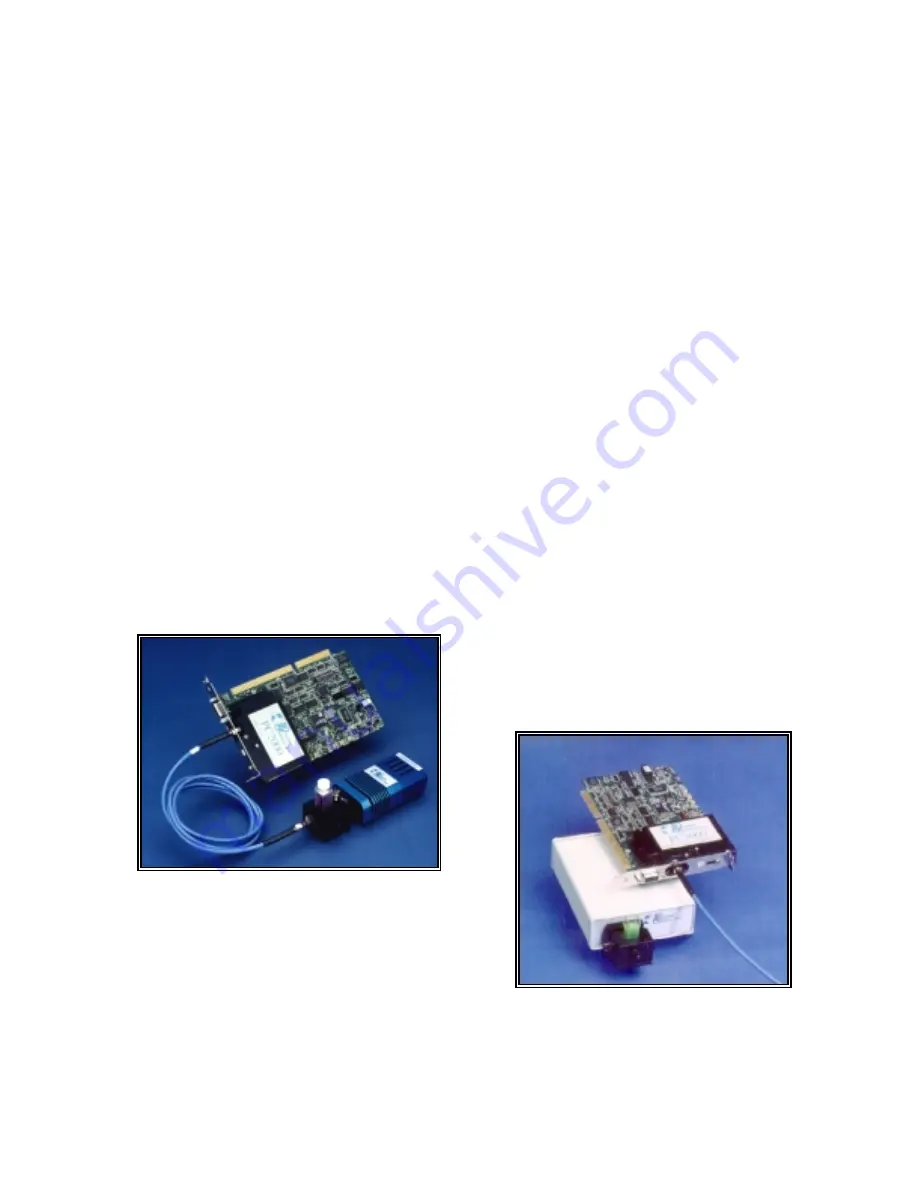
Introduction
Ocean Optics miniature fiber optic spectrometers and accessories have revolutionized the analytical
instrumentation market by dramatically reducing the size and cost of optical sensing systems. More than
10,000 Ocean Optics spectrometers have been sold worldwide -- striking evidence of the far-reaching
impact of low-cost, miniature components for fiber optic spectroscopy. Diverse fields such as research and
development, industrial process control, medical diagnostics, environmental monitoring and of course,
education have benefited from access to Ocean Optics technology.
In fact, Ocean Optics has its roots in education. It formed in 1989 when Florida university researchers
developed a fiber optic pH sensor as part of an instrument designed to study the role of the oceans in global
warming. The researchers soon formed Ocean Optics, Inc. and their ingenious work earned a Small
Business Innovation Research grant from the U.S. Department of Energy. While designing the pH-
monitoring instrument, the researchers wanted to incorporate with their sensor a spectrometer small enough
to fit onto a buoy and were surprised to discover none existed. So, they built their own.
In 1992, the founders of Ocean Optics filled a substantial need in the research community and changed the
science of spectroscopy forever by introducing a breakthrough technology: the S1000 Miniature Fiber
Optic Spectrometer, nearly a thousand times smaller and ten times less expensive than previous systems.
Due to this dramatic reduction in size and cost of optical sensing systems, applications once deemed too
costly or impractical using conventional spectrometers were now feasible.
CHEM2000 and CHEM2000-UV-VIS Spectrophotometer Systems
The CHEM2000 and CHEM2000-UV-VIS Spectrophotometer Systems utilize the optical bench of our
second-generation miniature fiber optic spectrometer, the S2000, by mounting it onto an A/D converter and
turning the system into a PC plug-in spectrometer.
The CHEM2000 consists of four basic elements: a
PC2000 PC Plug-in Fiber Optic Spectrometer (350-
900 nm), a tungsten-halogen light source with
integrated cuvette holder, a 400-
µ
m optical fiber, and
OOIChem operating software.
The CHEM2000UV-VIS also consists of four basic elements:
the PC2000-UV-VIS PC Plug-in Fiber Optic Spectrometer
(200-850 nm), a miniature deuterium tungsten light source
with integrated cuvette holder, a 300-
µ
m solarization-
resistant optical fiber, and OOIChem operating software.
The light source supplies light to the sample. The light
transmitted through the sample is collected and sent to the spectrometer via the fiber. The spectrometer
measures the amount of light at each wavelength in the sampled spectrum. The A/D converter, on which
the spectrometer is mounted, transforms the analog data from the spectrometer into digital information that
is passed to a computer. Finally, the software performs basic acquisition and display functions on your data.
CHEM2000
CHEM2000-UV-VIS




















